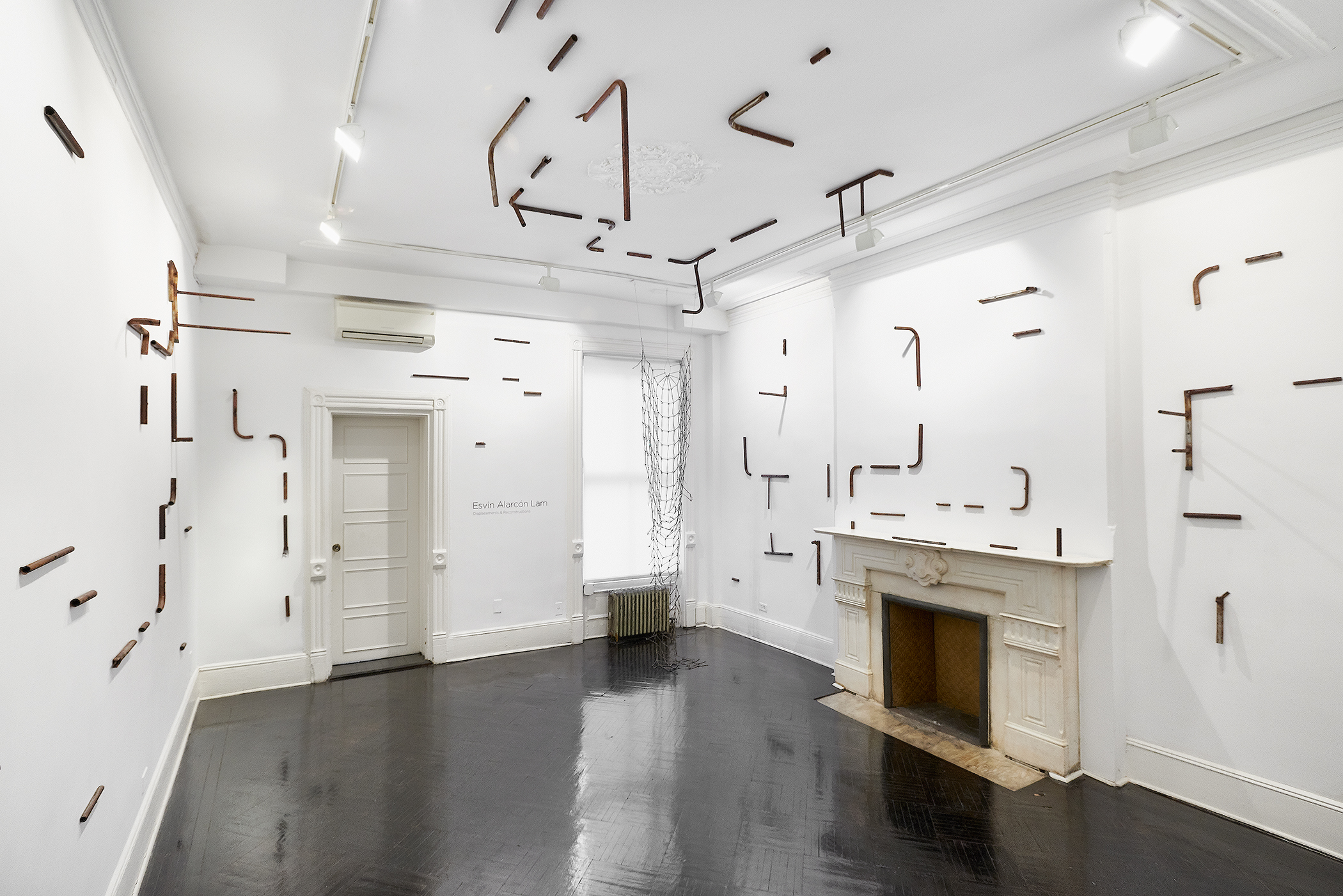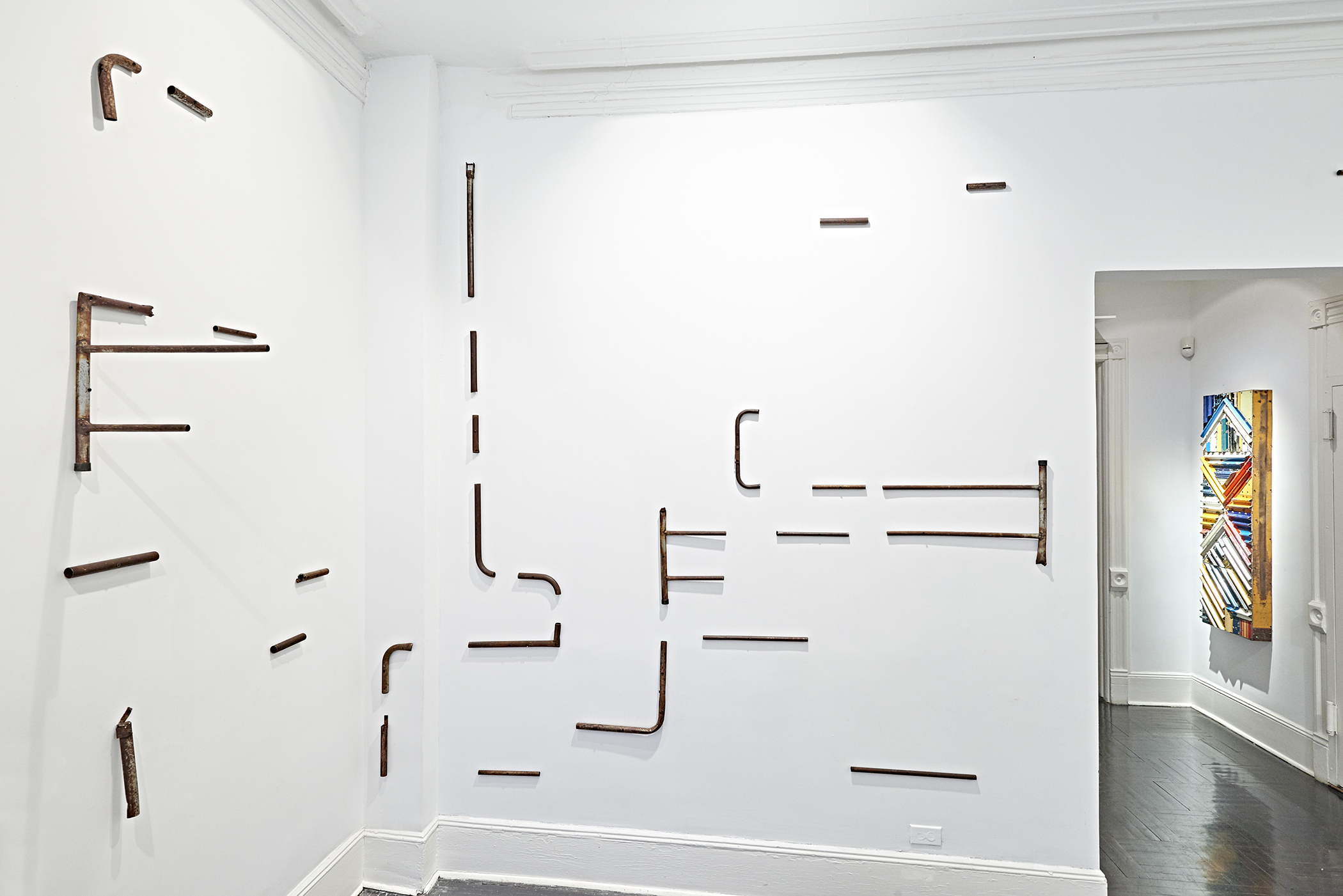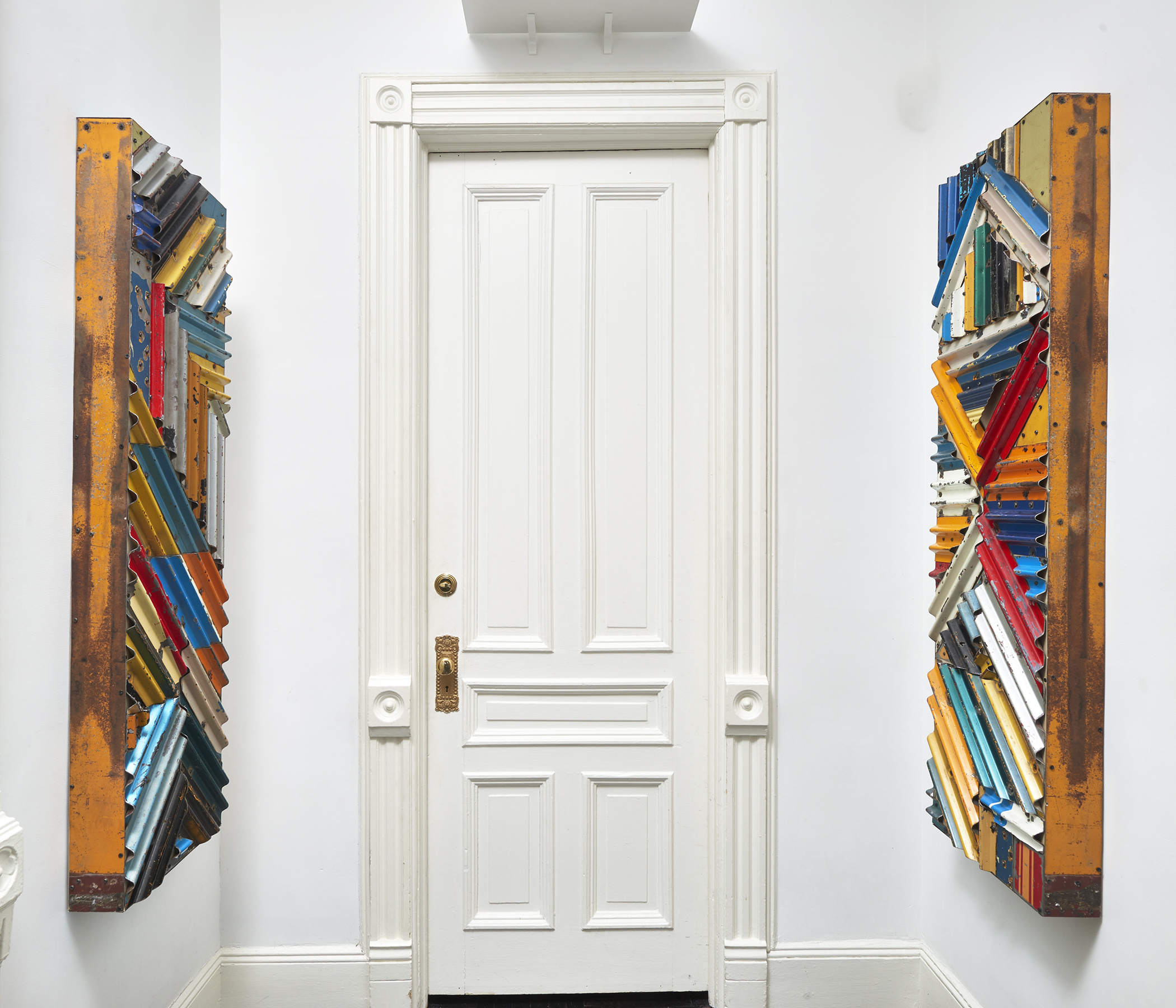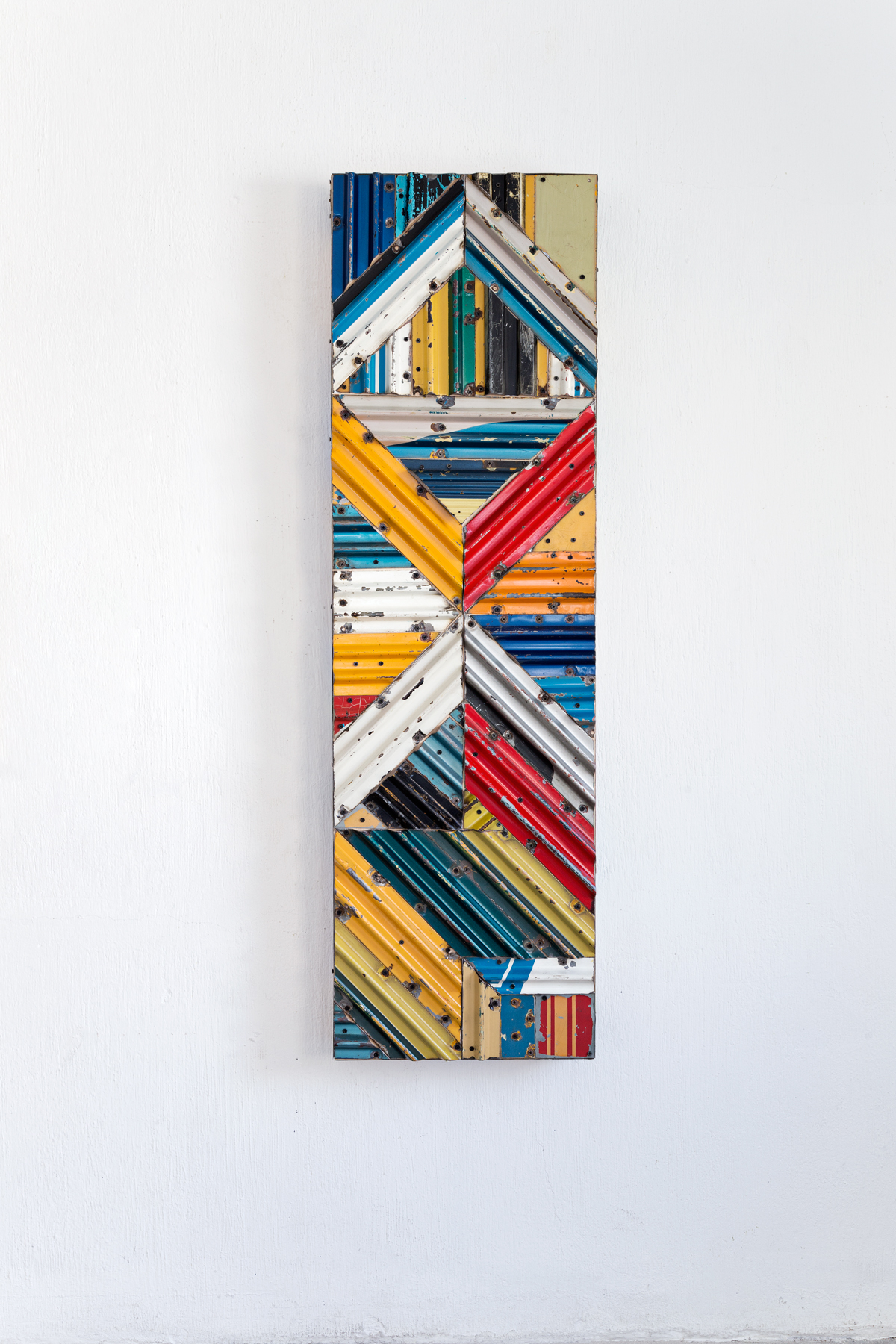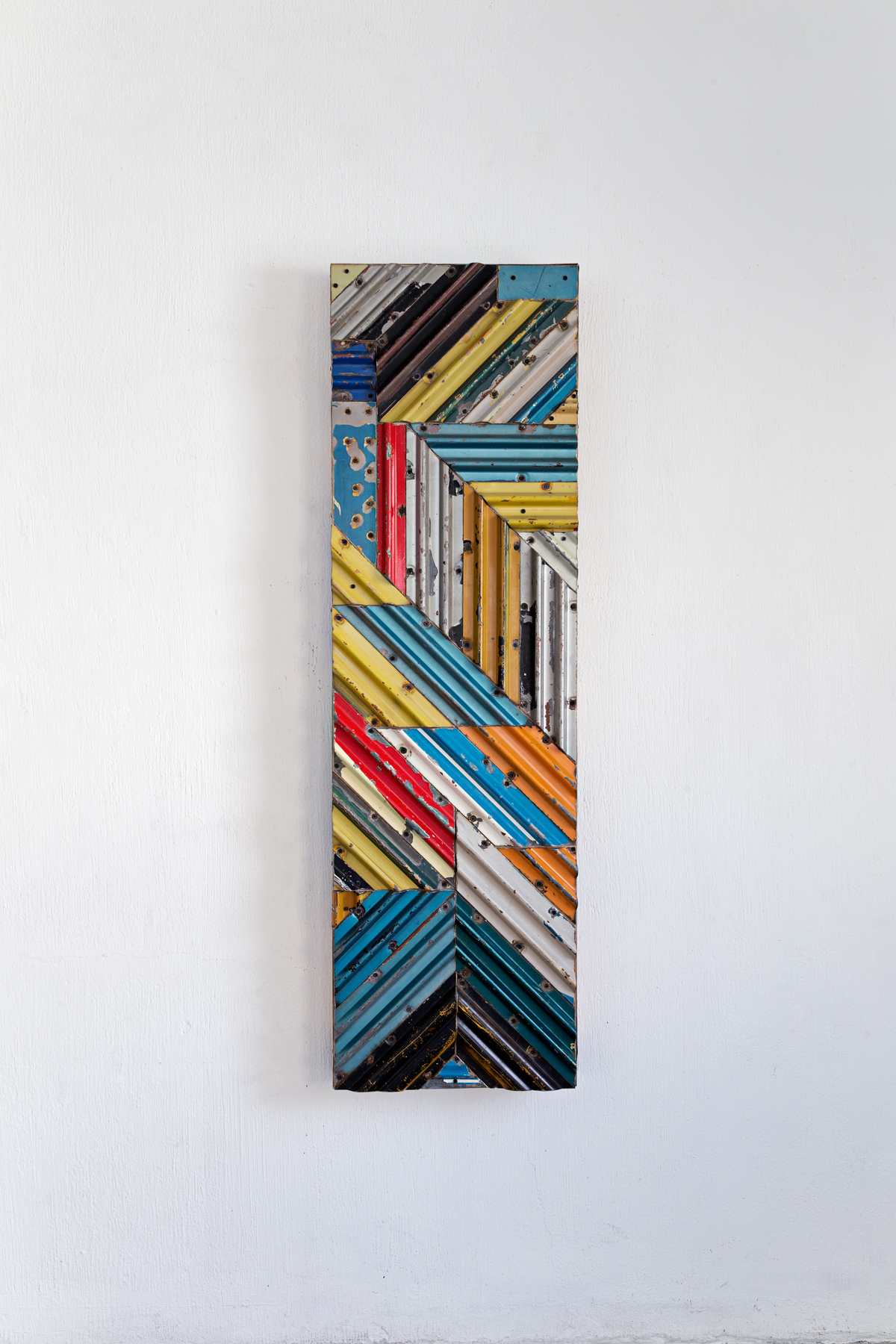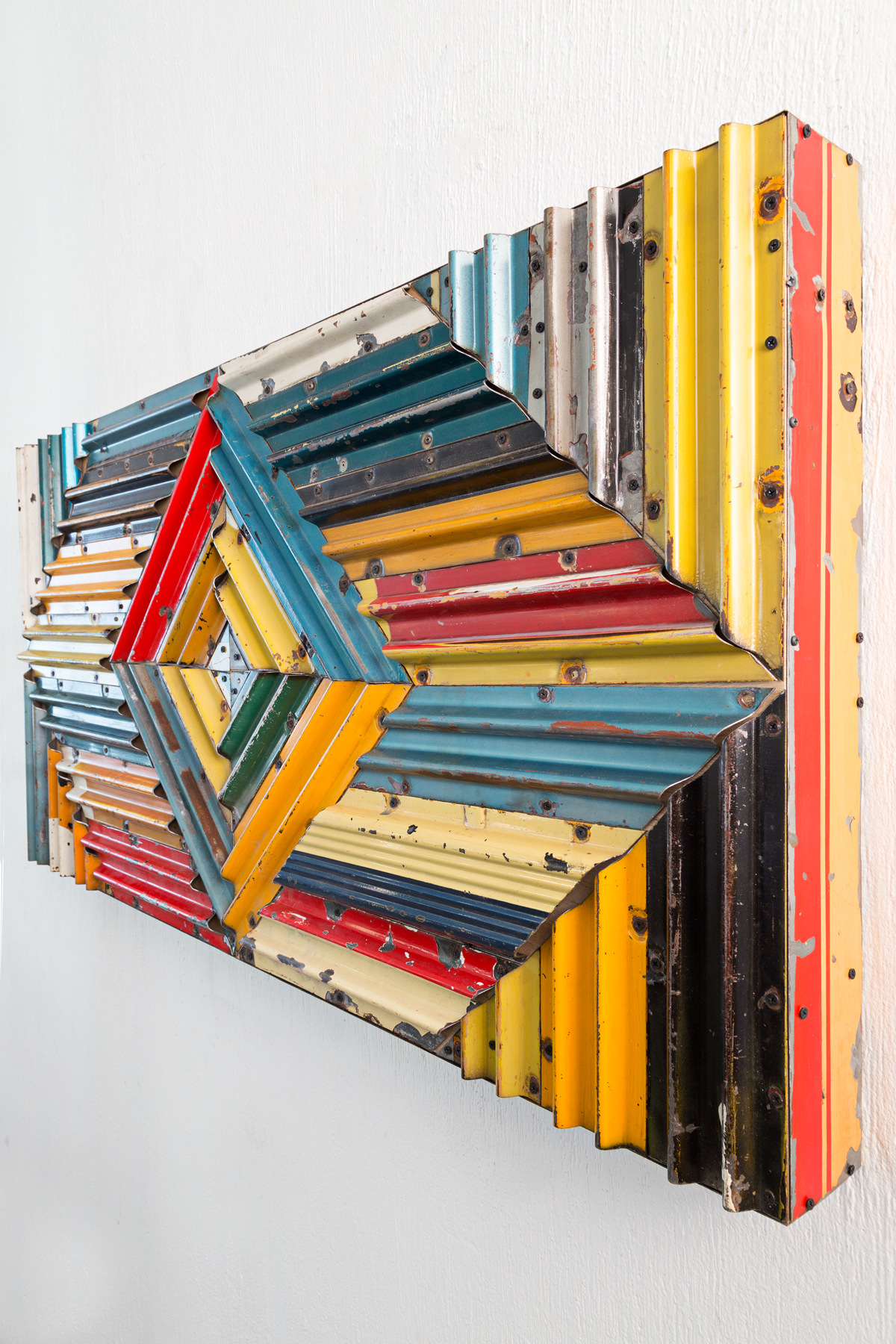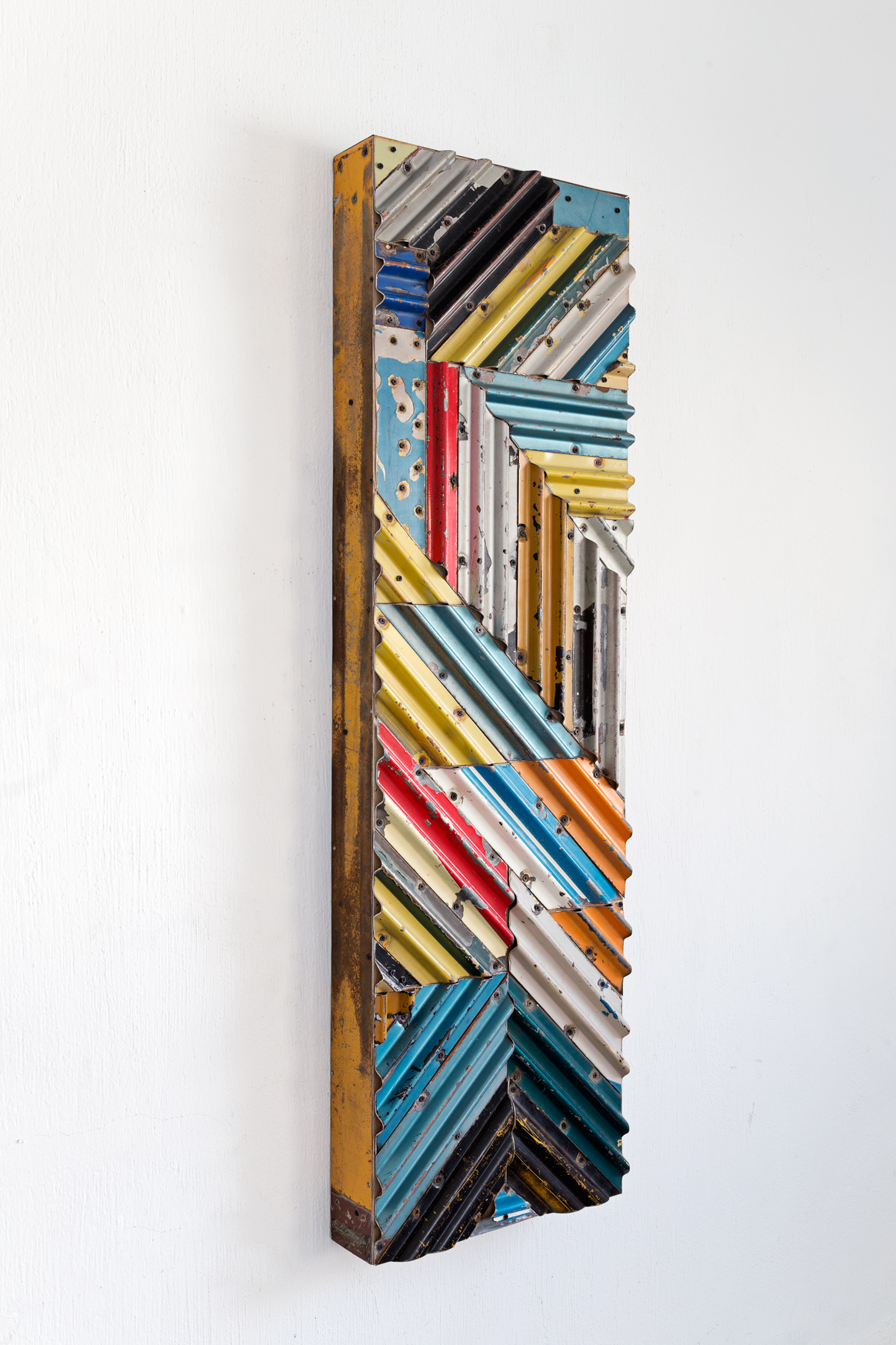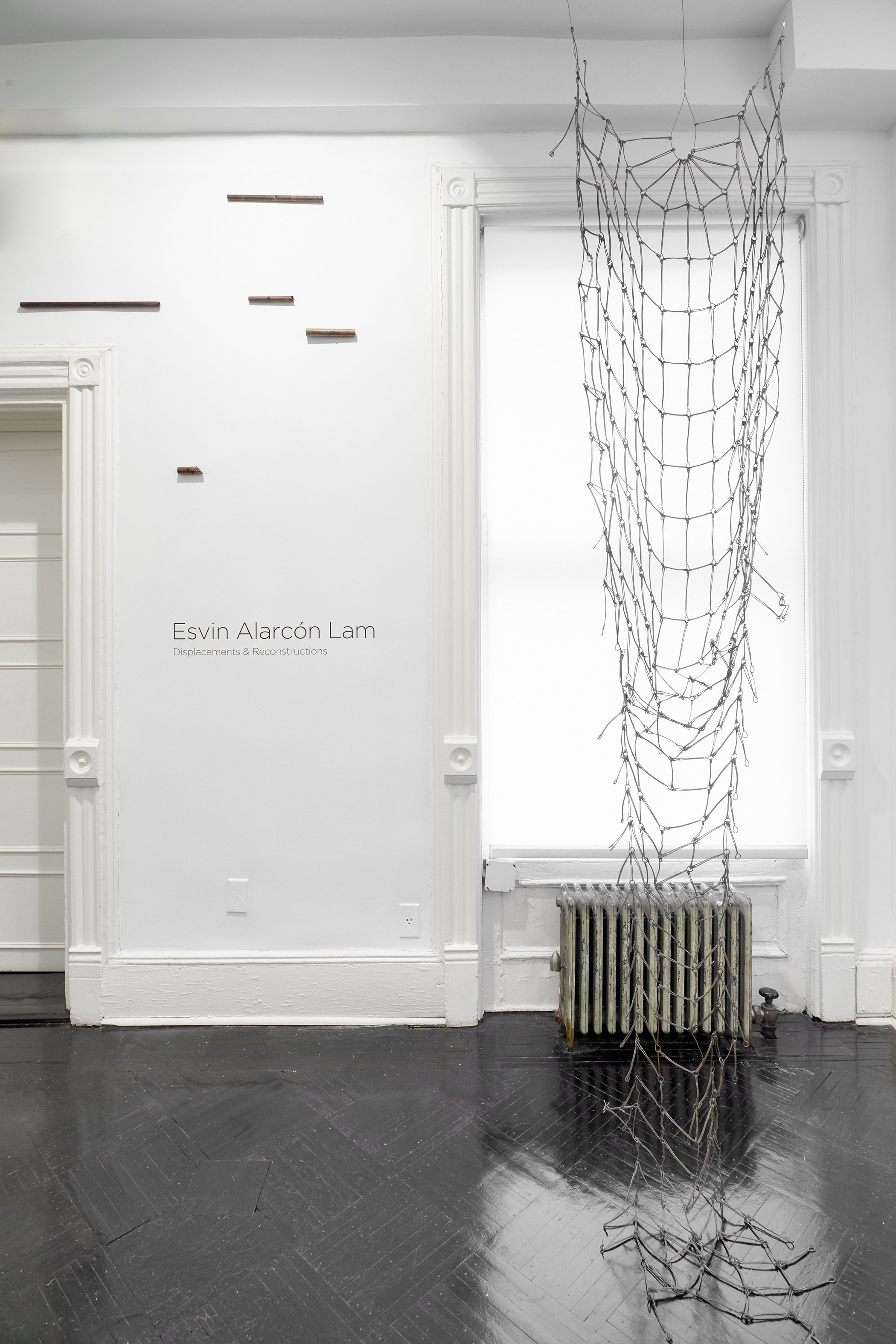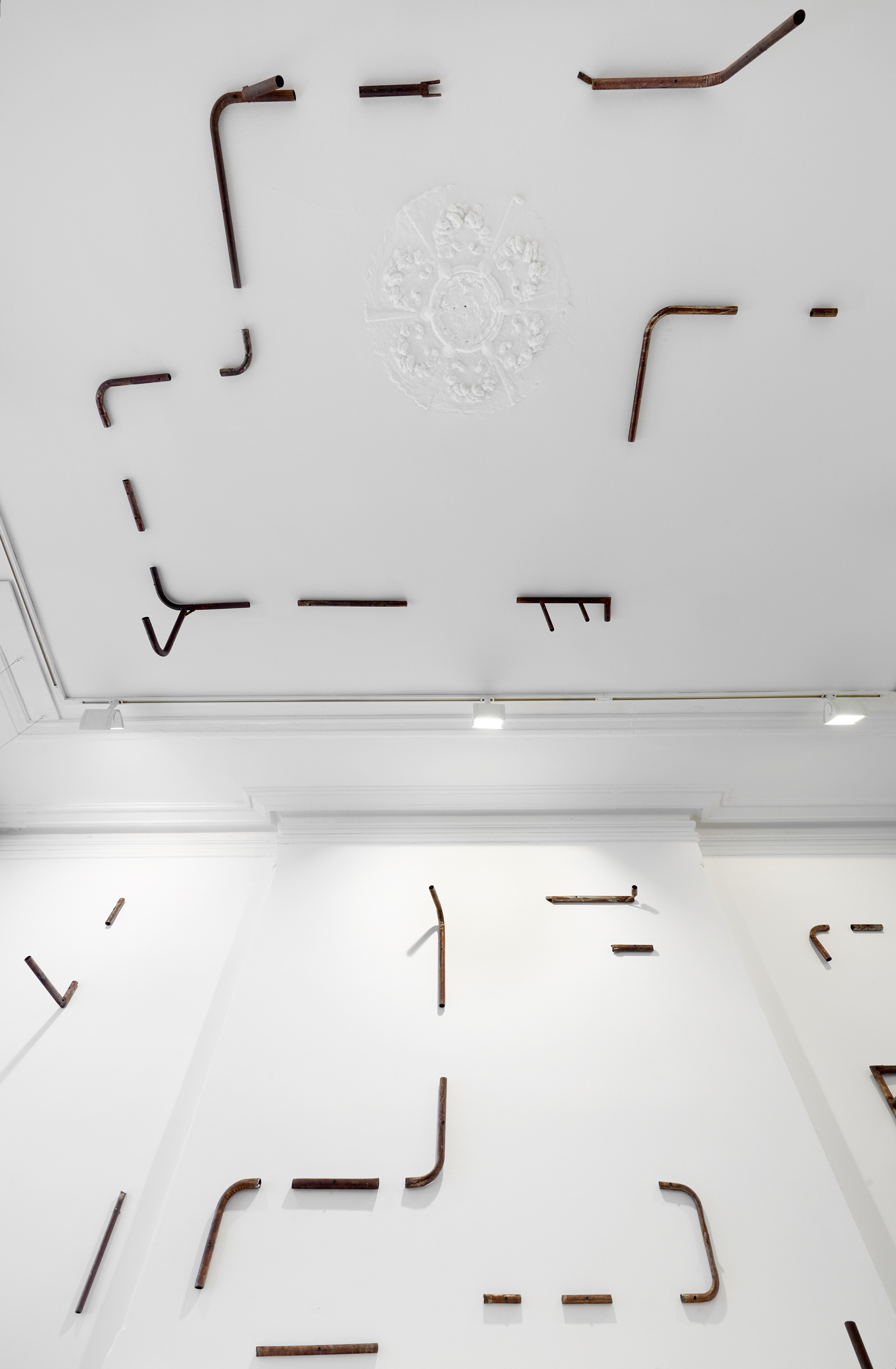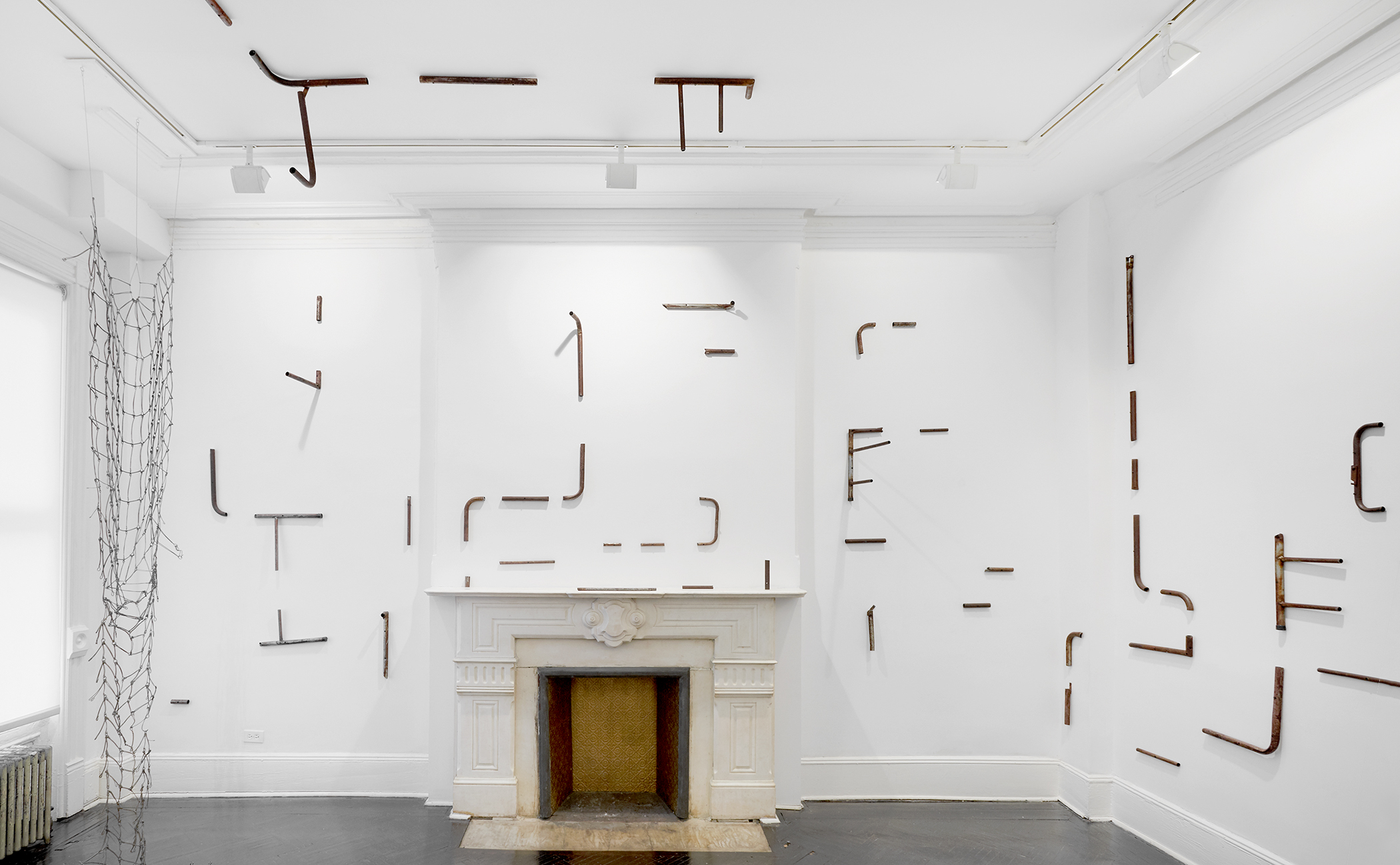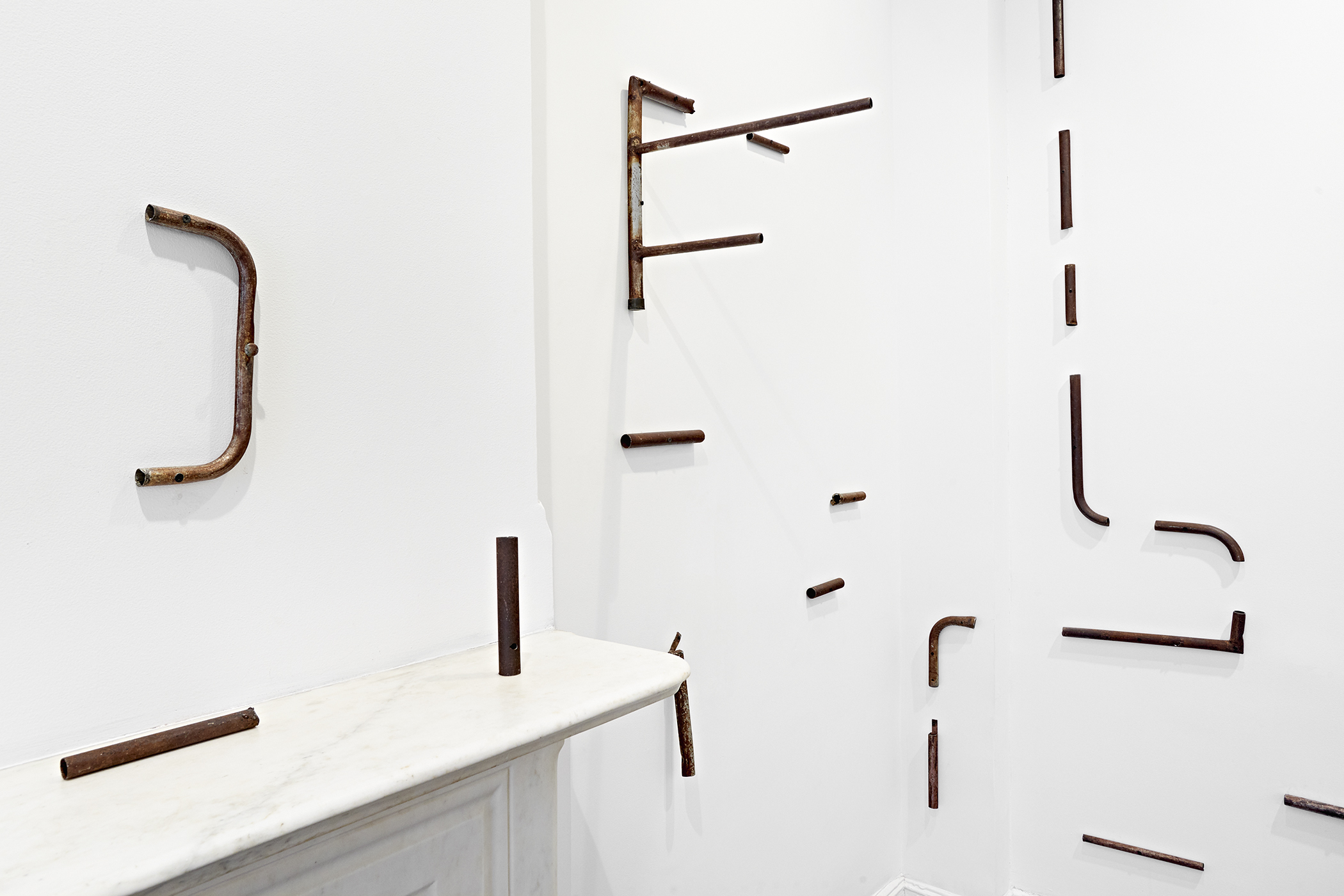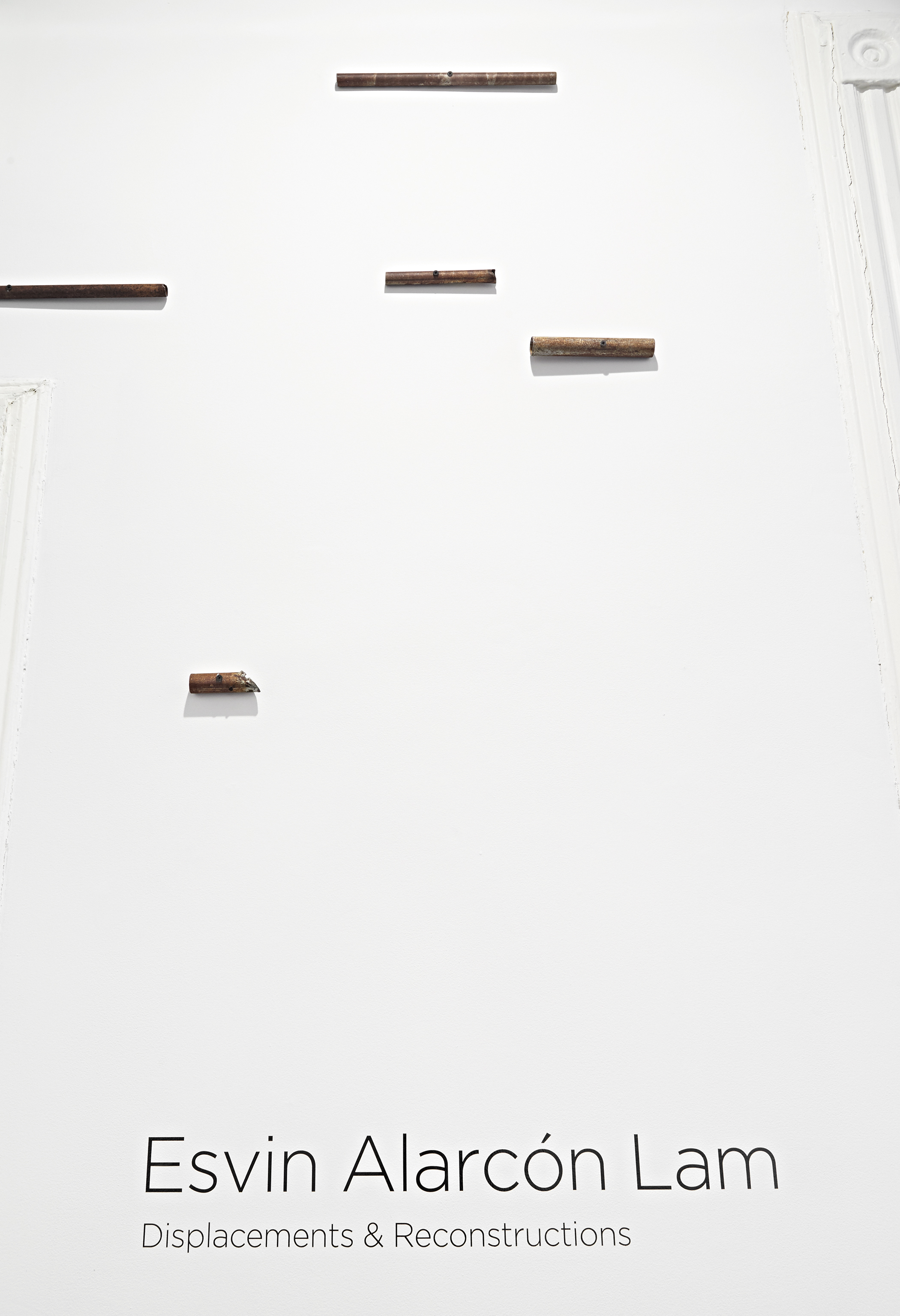Displacements & Reconstructions
Esvin Alarcón Lam
Henrique Faria Fine Art, New York
Opening Reception: Friday March 31, 6-9 pm
Exhibition runs through May 6, 2017
Gallery Hours: Tuesday to Saturday 11-6 pm
Henrique Faria Fine Art is pleased to present Displacements & Reconstructions, Esvín Alarcón Lam’s first solo exhibition with the gallery. Working primarily in sculpture and installations, Alarcón Lam is interested in the history of objects and what happens to these objects when they are metamorphosed into works of art. Alarcón Lam focuses particularly on the relationship between his native country of Guatemala and the United States and the interchange of goods upon which a majority of this relationship is sustained. The history of this relationship still bears its marks on Guatemala, the traces of which can be found in seemingly innocuous, quotidian items. Alarcón Lam states, “In my work, I examine dimensions of geopolitics in terms of how these everyday structures and surfaces are modified by such conditions. That is, I present them as objects that might contribute a more poetic understanding of both contemporary space and time.”
In Guatemala City, Blue Birds are a common sight. Sold at auctions in the United States and driven down to their new environment, the iconic yellow U.S. school buses are then repainted by their new owners with vibrant colors and unleashed upon the city streets with a new role as a collective bus. Scraps from permanently retired buses find themselves transformed yet again in Alarcón Lam’s series Desplazamientos (Displacements) (2016-17). The word “displacement” implies translocation, shifting and also the consequences of such movement. Alarcón Lam doesn’t hide the oxidation, the nail holes, the chipped paint, the evidence of their previous iterations, in his wall panels, where these scraps are integrated into a more harmonious geometry. As Gabriela Rangel writes in the exhibition text, Alarcón Lam’s “exploration [of geometry] began as an expression of a general and pervasive positioning of contemporary artists towards Minimalism, regardless of whether they come from the periphery or the Global North.” Rangel continues, noting that the impartial sense of “objecthood”, which is normally endowed to minimalist artwork, is complicated in the work of Alarcón Lam due to the social and political nature of the material used. These works are not merely the shapes they come to resemble, but are also the sum of its various parts.
The word “displacement” also implies a forced departure and the emptiness that has been created in its wake. Another of Alarcón Lam’s materials of interest are the metal frames of cots on which slept many migrants who were making their way through Guatemala northwards to the U.S. border. The tubes of metal, decontextualized and separated from the bodies they held, assume a new rigidity of form as they are installed on the gallery walls, described by Rangel as “textual lines sketched upon a white page”. The contrast of the dark metal on the white walls also creates an awareness of negative space, of the space between forms. According to the artist, “the negative space, the fragmentation of the objects and the perception of the audience inform each other in order to provide different meanings of the piece.”
It is through this more participatory approach that Alarcón Lam is able to draw his viewers in and engage them with a shared visual language. He is able to do this because his materials are not just mere objects, they instead are emblems of collective memory and experience, emblems that transcend fixed borders and modes of presentation that, in his words, can help us “understand larger truths about our social, political, and cultural lives.”
Esvin Alarcón Lam (Guatemala, 1988) attended the Universidad Rafael Landívar and studied art at the Escuela Nacional de Arte in Guatemala City. His work has been exhibited at the Osage Art Foundation, Hong Kong (2017); the Bienal de Arte Paiz, Guatemala (2016); SPACE Collection, Irvine, CA (2016); Materia Cruda, Galería de Arte de la Universidad Rafael Landívar, Guatemala (2016); Lineas de la mano, Sicardi Gallery, Houston, TX (2015); 5 Revoluciones por minuto, 9.99 Gallery, Guatemala (2015); Spatial Acts, The Americas Society, New York, NY (2015) and 5 dias: puertas abiertas, Centro Cultural de España, Guatemala (2013). His work is part of the public collections: SPACE collection, Irvine, CA and Fundacíon YAXS, Guatemala City. The artist lives and works in Guatemala.
